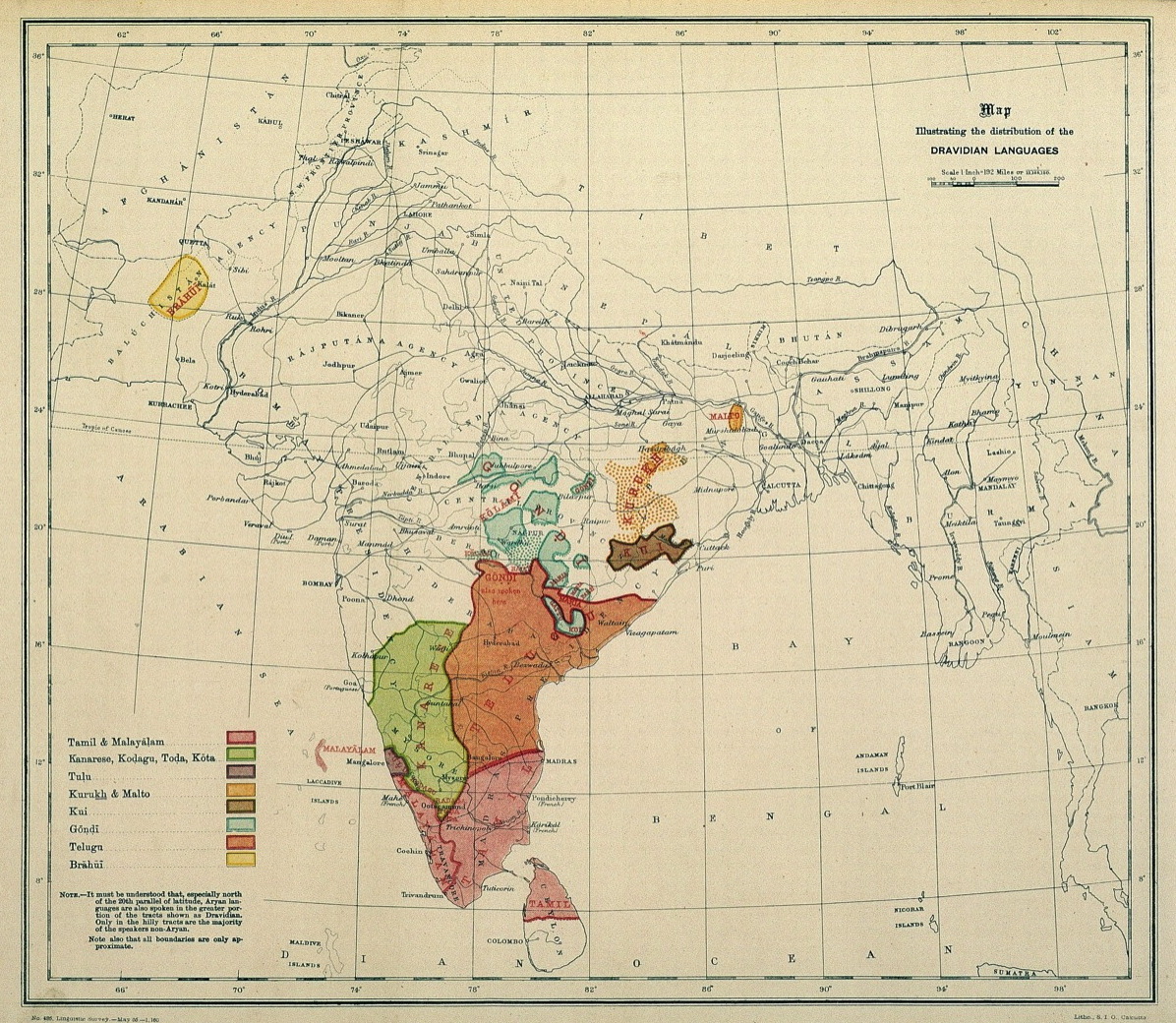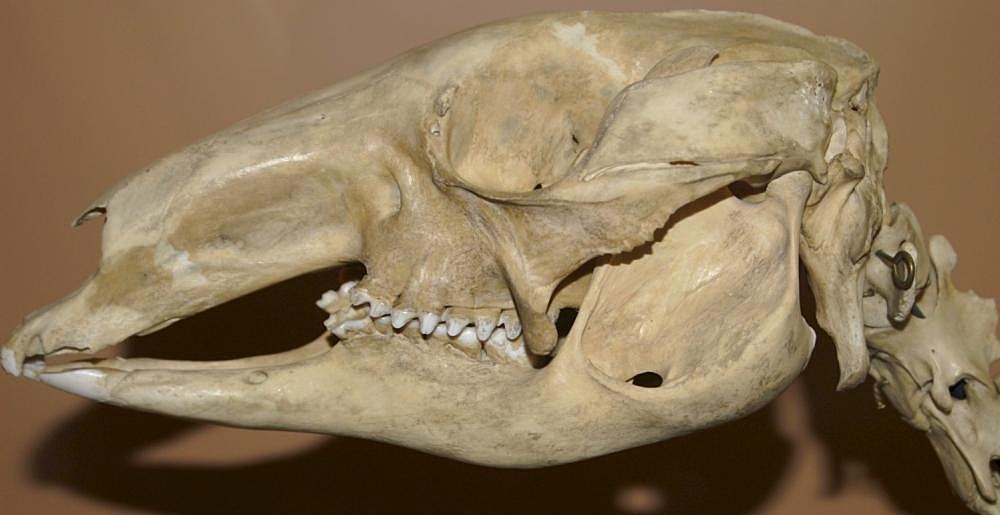|
Wanderwort
A ( , sometimes pluralized as , usually capitalized following German practice) is a word that has spread as a loanword among numerous languages and cultures, especially those that are far away from one another. As such, are a curiosity in historical linguistics and sociolinguistics within a wider study of language contact. At a sufficient time depth, it can be very difficult to establish in which language or language family a originated and into which it was borrowed. Frequently, they are spread through trade networks, sometimes to describe a previously unfamiliar plant, animal or food. Examples Typical examples of are ''cannabis'', ''sugar'', ''ginger'', ''copper'', ''silver'', ''cumin'', ''mint'', ''wine'', and ''honey'', some of which can be traced back to Bronze Age trade. '' Tea'', with its Eurasian continental variant '' chai'' (both have entered English), is an example whose spread occurred relatively late in human history and is therefore fairly well understood: ... [...More Info...] [...Related Items...] OR: [Wikipedia] [Google] [Baidu] |
Loanword
A loanword (also a loan word, loan-word) is a word at least partly assimilated from one language (the donor language) into another language (the recipient or target language), through the process of borrowing. Borrowing is a metaphorical term that is well established in the linguistic field despite its acknowledged descriptive flaws: nothing is taken away from the donor language and there is no expectation of returning anything (i.e., the loanword). Loanwords may be contrasted with calques, in which a word is borrowed into the recipient language by being directly translated from the donor language rather than being adopted in (an approximation of) its original form. They must also be distinguished from cognates, which are words in two or more related languages that are similar because they share an etymological origin in the ancestral language, rather than because one borrowed the word from the other. Examples and related terms A loanword is distinguished from a calque (or ... [...More Info...] [...Related Items...] OR: [Wikipedia] [Google] [Baidu] |
German Orthography
German orthography is the orthography used in writing the German language, which is largely phonemic. However, it shows many instances of spellings that are historic or analogous to other spellings rather than phonemic. The pronunciation of almost every word can be derived from its spelling once the spelling rules are known, but the opposite is not generally the case. Today, Standard High German orthography is regulated by the (Council for German Orthography), composed of representatives from most German-speaking countries. Alphabet The modern German alphabet consists of the twenty-six letters of the ISO basic Latin alphabet plus four special letters. Basic alphabet Special letters German has four special letters; three are vowels accented with an umlaut sign () and one is derived from a ligature of (long s) and (; called "ess-zed/zee" or "sharp s"). They have their own names separate from the letters they are based on. * Capital ẞ was declare ... [...More Info...] [...Related Items...] OR: [Wikipedia] [Google] [Baidu] |
Dravidian Languages
The Dravidian languages are a language family, family of languages spoken by 250 million people, primarily in South India, north-east Sri Lanka, and south-west Pakistan, with pockets elsewhere in South Asia. The most commonly spoken Dravidian languages are (in descending order) Telugu language, Telugu, Tamil language, Tamil, Kannada, and Malayalam, all of which Classical languages of India, have long literary traditions. Smaller literary languages are Tulu language, Tulu and Kodava language, Kodava. Together with several smaller languages such as Gondi language, Gondi, these languages cover the southern part of India and the northeast of Sri Lanka, and account for the overwhelming majority of speakers of Dravidian languages. Malto language, Malto and Kurukh language, Kurukh are spoken in isolated pockets in eastern India. Kurukh is also spoken in parts of Nepal, Bhutan and Bangladesh. Brahui language, Brahui is mostly spoken in the Balochistan region of Pakistan, Sistan and Baluc ... [...More Info...] [...Related Items...] OR: [Wikipedia] [Google] [Baidu] |
Orange (word)
The word "orange" is a noun and an adjective in the English language. In both cases, it refers primarily to the orange (fruit), orange fruit and the orange (colour), color orange, but has many other derivative meanings. The word is derived from a Dravidian language, and it passed through numerous other languages including Sanskrit and based on Nārang in Persian language, Persian and after that Old French before reaching the English language. The earliest uses of the word in English refer to the fruit, and the color was later named after the fruit. Before the English-speaking world was exposed to the fruit, the color was referred to as "yellow-red" (''wikt:geoluread, geoluread'' in Old English) or "red-yellow". "Orange" has no true rhyme. There are several half rhymes or near-rhymes, as well as some proper nouns and compound words or phrases that rhyme with it. This lack of rhymes has inspired many humorous poems and songs. Etymology The word "orange" entered Middle English ... [...More Info...] [...Related Items...] OR: [Wikipedia] [Google] [Baidu] |
James Cook
Captain (Royal Navy), Captain James Cook (7 November 1728 – 14 February 1779) was a British Royal Navy officer, explorer, and cartographer famous for his three voyages of exploration to the Pacific and Southern Oceans, conducted between 1768 and 1779. He completed the first recorded circumnavigation of the main islands of New Zealand and was the first known European to visit the eastern coastline of Australia and the Hawaiian Islands. Cook joined the British merchant navy as a teenager before enlisting in the Royal Navy in 1755. He served during the Seven Years' War, and subsequently surveyed and mapped much of the entrance to the St. Lawrence River during the Battle of the Plains of Abraham, siege of Quebec. In the 1760s, he mapped the coastline of Newfoundland (island), Newfoundland and made important astronomical observations which brought him to the attention of the Admiralty (United Kingdom), Admiralty and the Royal Society. This acclaim came at a crucial moment in Brit ... [...More Info...] [...Related Items...] OR: [Wikipedia] [Google] [Baidu] |
Eastern Grey Kangaroo
The eastern grey kangaroo (''Macropus giganteus'': gigantic large-foot; also great grey kangaroo or forester kangaroo) is a marsupial found in the eastern third of Australia, with a population of several million. Although a large ''M. giganteus'' kangaroo male can typically weigh up to and have a length of well over , the scientific name is misleading as the red kangaroo of the semi-arid inland is larger, weighing up to . Taxonomy The eastern grey kangaroo was described by George Shaw (biologist), George Shaw in 1790 as ''Macropus giganteus''. Subspecies While two subspecies were recognised by Mammal Species of the World (MSW), there is some dispute as to the validity of this division, and the subspecies are not recognised by the Australian Mammal Society, the IUCN, or the American Society of Mammalogists, which produces the successor of the MSW. Albert Sherbourne Le Souef created the Tasmanian subspecies in 1923, based on coat colour. In 1972 John Augustus Walter Kirsch, Kirs ... [...More Info...] [...Related Items...] OR: [Wikipedia] [Google] [Baidu] |
Guugu Yimithirr Language
Guugu Yimithirr, also rendered Guugu Yimidhirr, Guguyimidjir, and many other spellings, is an Australian Aboriginal language, the traditional language of the Guugu Yimithirr people of Far North Queensland. It belongs to the Pama-Nyungan language family. Most of the speakers today live at the community of Hope Vale, about from Cooktown. However, only about half of the Guugu Yimithirr nation speak the language. As such, efforts are being made to teach it to children. Guugu Yimithirr is the source language of the word ''kangaroo'' (). Name The word means 'speech, language', while (or ) means -having, being the word for 'this'. The use of the word , rather than some other word for "this", was seen as a distinctive feature of Guugu Yimithirr. The element and the practice of naming based on some distinctive word is found in many other languages. The name has many spelling variants, including Gogo-Yimidjir, Gugu-Yimidhirr, Gugu Yimithirr, Guugu Yimidhirr, Guguyimidjir (us ... [...More Info...] [...Related Items...] OR: [Wikipedia] [Google] [Baidu] |
Kangaroo
Kangaroos are marsupials from the family Macropodidae (macropods, meaning "large foot"). In common use, the term is used to describe the largest species from this family, the red kangaroo, as well as the antilopine kangaroo, eastern grey kangaroo, and western grey kangaroo. Kangaroos are indigenous to Australia and New Guinea. The Australian government estimates that 42.8 million kangaroos lived within the commercial harvest areas of Australia in 2019, down from 53.2 million in 2013. As with the terms " wallaroo" and "wallaby", "kangaroo" refers to a paraphyletic grouping of species. All three terms refer to members of the same taxonomic family, Macropodidae, and are distinguished according to size. The largest species in the family are called "kangaroos" and the smallest are generally called "wallabies". The term "wallaroos" refers to species of an intermediate size. There are also the tree-kangaroos, another type of macropod which inhabit the upper branches ... [...More Info...] [...Related Items...] OR: [Wikipedia] [Google] [Baidu] |
Amharic
Amharic is an Ethio-Semitic language, which is a subgrouping within the Semitic branch of the Afroasiatic languages. It is spoken as a first language by the Amhara people, and also serves as a lingua franca for all other metropolitan populations in Ethiopia. The language serves as the official working language of the Ethiopian federal government, and is also the official or working language of several of Ethiopia's federal regions. In 2020 in Ethiopia, it had over 33.7 million mother-tongue speakers of which 31 million are ethnically Amhara, and more than 25.1 million second language speakers in 2019, making the total number of speakers over 58.8 million. Amharic is the largest, most widely spoken language in Ethiopia, and the most spoken mother-tongue in Ethiopia. Amharic is also the second most widely spoken Semitic language in the world (after Arabic). Amharic is written left-to-right using a system that grew out of the Geʽez script. The segmental writing system in whic ... [...More Info...] [...Related Items...] OR: [Wikipedia] [Google] [Baidu] |
Thai Language
Thai,In or Central Thai (historically Siamese;Although "Thai" and "Central Thai" have become more common, the older term, "Siamese", is still used by linguists, especially when it is being distinguished from other Tai languages (Diller 2008:6). "Proto-Thai" is, for example, the ancestor of all of Southwestern Tai, not just Siamese (Rischel 1998). ), is a Tai language of the Kra–Dai language family spoken by the Central Thai, Mon, Lao Wiang, Phuan people in Central Thailand and the vast majority of Thai Chinese enclaves throughout the country. It is the sole official language of Thailand. Thai is the most spoken of over 60 languages of Thailand by both number of native and overall speakers. Over half of its vocabulary is derived from or borrowed from Pali, Sanskrit, Mon and Old Khmer. It is a tonal and analytic language. Thai has a complex orthography and system of relational markers. Spoken Thai, depending on standard sociolinguistic factors such as age, gender ... [...More Info...] [...Related Items...] OR: [Wikipedia] [Google] [Baidu] |
Hindi
Modern Standard Hindi (, ), commonly referred to as Hindi, is the Standard language, standardised variety of the Hindustani language written in the Devanagari script. It is an official language of India, official language of the Government of India, alongside English language, English, and is the ''lingua franca'' of North India. Hindi is considered a Sanskritisation (linguistics), Sanskritised Register (sociolinguistics), register of Hindustani. Hindustani itself developed from Old Hindi and was spoken in Delhi and neighbouring areas. It incorporated a significant number of Persian language, Persian loanwords. Hindi is an Languages with official status in India, official language in twelve states (Bihar, Gujarat , Mizoram , Maharashtra ,Chhattisgarh, Haryana, Himachal Pradesh, Jharkhand, Madhya Pradesh, Rajasthan, Uttar Pradesh, Uttarakhand), and six Union territory, union territories (Andaman and Nicobar Islands, Delhi, Chandigarh, Dadra and Nagar Haveli and Daman and Di ... [...More Info...] [...Related Items...] OR: [Wikipedia] [Google] [Baidu] |
Arabic
Arabic (, , or , ) is a Central Semitic languages, Central Semitic language of the Afroasiatic languages, Afroasiatic language family spoken primarily in the Arab world. The International Organization for Standardization (ISO) assigns language codes to 32 varieties of Arabic, including its standard form of Literary Arabic, known as Modern Standard Arabic, which is derived from Classical Arabic. This distinction exists primarily among Western linguists; Arabic speakers themselves generally do not distinguish between Modern Standard Arabic and Classical Arabic, but rather refer to both as ( "the eloquent Arabic") or simply ' (). Arabic is the List of languages by the number of countries in which they are recognized as an official language, third most widespread official language after English and French, one of six official languages of the United Nations, and the Sacred language, liturgical language of Islam. Arabic is widely taught in schools and universities around the wo ... [...More Info...] [...Related Items...] OR: [Wikipedia] [Google] [Baidu] |




